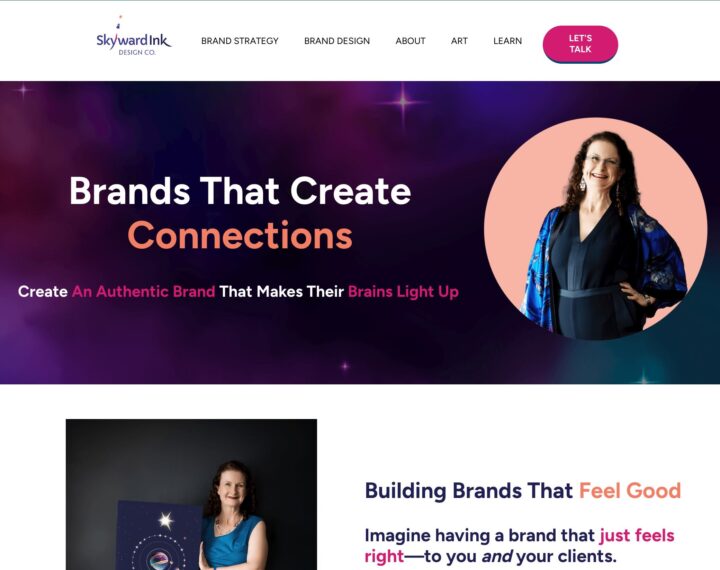Posts
Quality Links = Better Rankings
Link building must be part of your search engine optimization (SEO) plan. Where content is king on the internet, links are queen. Links back to your site are how the search engines tell whether your content is valuable or not. Quality Counts While there are many products available on the internet that claim to get you a substantial number of links back to your site, the quality, or lack thereof, may actually be detrimental to your rankings. If your business is a pet store and your links are on a site about vacations in the Bahamas, the search engines consider…
Why Small Businesses Need Both A Logo And An Identity System
By Erin Ferree Stratten Experts urge small business owners to “brand” their business – to use a logo and a set of consistent marketing materials. But, they rarely go into the reasons behind this advice. Here’s a list of some of the benefits to having a professionally designed logo and marketing package: Not to look so small – Home-printed business cards with perforated edges, or cards printed with standard designs available through Microsoft software or online business card vendors (like Vistaprint) scream, “Small-time vendor!” to your potential clients – and you’ll be similarly compensated. To increase your chance of getting…
- « Previous
- 1
- 2
- 3


